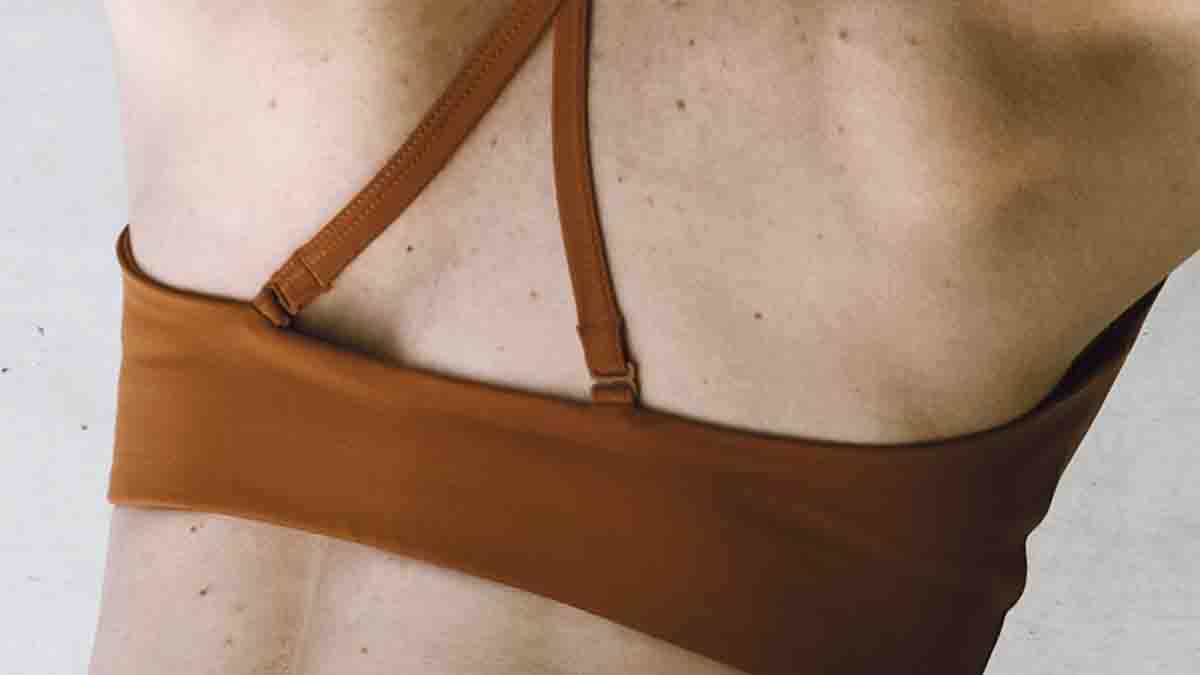 Caring for the health of the discs in the spine
Caring for the health of the discs in the spine
By Paul Bolger. Chartered Physiotherapist at Nano Physiotherapy, Kilkenny (www.nanophysio.ie).
The discs in our spine have a bit of a bad reputation. We only ever hear about them when something goes wrong (I suppose why would we need to think about them otherwise?). Is it possible to care for these structures? To keep them healthy and to reduce the risk of them causing issues for us?
The short answer is yes – there is plenty that we can do.
Your Discs – Strong. Mobile. Alive.
Before we skip ahead, let’s look at what our discs do. Each disc is actually an organ. They are incredibly robust structures formed from a mix of thick, strong yet semi-mobile multi-layered fibrocartilage outer (think about tyre rubber) and a semi-gelatinous inner (the disc’s very own shock absorber and force distributor). These structures gradually blend into one another, with no real distinctive border between them.
These discs of ours are incredible structures. Alongside many other structures, they allow the spine to be flexible yet stable and strong.
Our discs are very much alive. Being alive, they adapt and respond to their environment – the movements and forces we subject them to, as well as the biochemical environment of the body.
A Healthy Environment for Your Discs
How might we cultivate a healthy environment for our discs? While we know that mechanical factors like movements and strain have an influence on our discs, biochemical factors play a key role in disc health.
With this in mind, it might not surprise you to hear that smoking impacts disc health. Non-smokers tend to have more youthful, healthy discs. Having a healthy body weight and being fit also help to keep our discs healthy and vibrant. All these things help to maintain a healthier biochemical balance within the body – promoting tissue health and normal, healthy function of the body’s processes.
Another important factor is regular movement. Discs don’t usually have a direct blood supply – they rely on diffusion of nutrients from their connection to the vertebrae (spinal bones) on either end. Regular movement in all directions (bending, twisting, compressing, stretching) helps to pump these nutrients throughout the discs and nourish their living structures.
Physical factors do play a role here too. While our backs are robust and well able to take regular strain, injuries do impact the health of the discs. Next week we will explore this more and consider how we might best care for our back health from a physical perspective.
Small, steady changes
The factors mentioned above are some of the things we know affect disc health. Many more things do play a role.
These bodies of ours are living – in a constant state of change and regeneration. Our discs aren’t separate from us – they are a part of us. While they are not as quick to adapt as other organs and tissues that have a large blood supply, like bone and muscle, they are still a product of their physical and biochemical environment.
All that said, our discs, just like the rest of us, do change with time and as we age. Not all these changes are a bad thing – in fact, the majority of people with absolutely no pain will have scan findings that can sound a little bit scary (like ‘degeneration’ or ‘arthritis’).
As always, if you are looking for help with a back issue, it is best to get in touch with a registered healthcare practitioner.

















